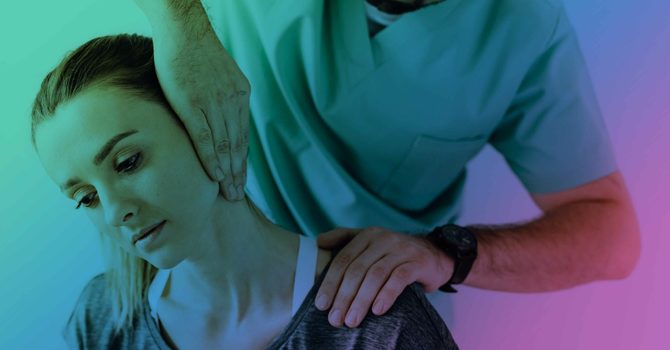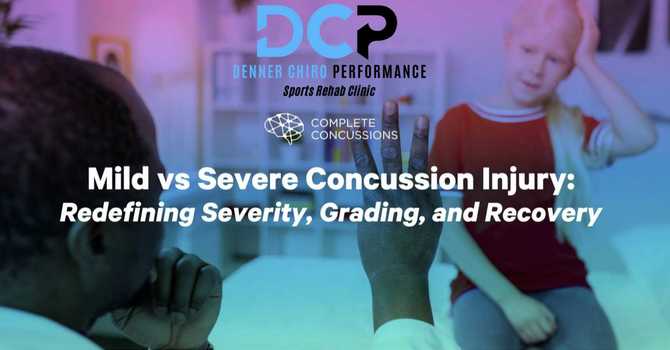Hamstring Injury From Sports
Hamstring injuries most commonly occur during sporting events when the muscle is subjected to tension, leading to the tearing of muscle fibers—a condition known as a muscular strain. These strains are categorized on a scale from one to three, each indicating varying levels of severity.
A Grade 1 strain denotes minimal muscle tearing, resulting in slight pain and tightness. Typically, recovery takes about 1-3 weeks. For a Grade 2 injury, there is significant tearing of the muscle fibers, causing more considerable damage. This type of injury can be characterized as partial tearing, necessitating a recovery period of 1-3 months.
The most severe form, Grade 3, involves complete tearing of the muscle belly. In such cases, surgical repair may be considered, in addition to conservative treatment. Recovery time for Grade 3 injuries can extend from 3-4 months.
- Grade 1 Injury- A Mild Muscles Pull “Affecting a small number of fibers”
- Grade 2 Injury- Partial tear of muscle
- Grade 3 Injury- A complete muscle tear
How do I know I’ve injured my hamstring?
Acute hamstring injuries are often characterized by a sudden and intense "sharp" or "shooting" pain, typically occurring during explosive movements like sprinting, cutting, or extending an outstretched leg.
Following such an injury, swelling and discoloration may manifest. The affected leg becomes tender to the touch, and heightened tightness is noticeable during knee extension and hip flexion.
It's crucial to recognize that not all hamstring pain stems from an acute injury. In instances where there's no history of an acute injury, hamstring pain can frequently be attributed to a referral pattern from low back pain. Distinguishing between the two conditions can easily be done through a McKenzie Assessment (MDT).
Find out if your Hamstring pain is coming from your back by visiting our office or by booking a “Free Discovery Call” with Dr. Denner today.
What doctor should I see for a Hamstring injury?
A rehabilitation specialist, like a sports chiropractor, possesses the expertise to accurately identify your injury and initiate immediate treatment in the office. While many healthcare providers, such as primary care physicians or orthopedists, can recognize a hamstring injury, their approach often involves referring you for treatment. At Denner Chiropractic & Performance, we specialize in the proficient diagnosis and treatment of both acute and chronic hamstring injuries.
Testimonials

"I have nothing but great things to say about my experience with Matheau at Denner Chiropractic & Performance. I was struggling with a hamstring injury for a couple weeks and Dr. Denner was incredibly professional and knowledgeable. What I really liked was his approach from a sports performance background - I have felt confident running again and am excited to work with him in the future!" -
Stuart, Ballantyne NC
How is Denner Chiropractic & Performance different than other Chiropractic Clinics?
At Denner Chiropractic & Performance we go above and beyond “Joint Manipulation” also known as the chiropractic adjustment. While joint manipulation is a powerful tool in the treatment of musculoskeletal conditions it shouldn’t be the only tool used.
Our treatment approach incorporates the best techniques in rehabilitation, manual therapy, soft tissue techniques, and dry needling. Find out more about our unique approach to care below or by checking out our services tab above.
Our Approach: Recovery, Manual Therapy, Exercises, and Stretching
Getting back on your feet after a sports injury, like an acute hamstring strain, can be a game-changer with the right care. In this section, we'll walk you through our unique approach to sports chiropractic and rehabilitation care. Using an integrated model allows our patients to get the best results in a number of sports injuries.
Manual Therapy
Manual therapy is a broad term used to describe different techniques commonly used by clinicians such as sports chiropractors. These techniques are done by hand and can have an impact on pain levels and recovery time.
Different techniques used at Denner Chiropractic & Performance include:
- Fascial Manipulation
- Active Release Technique (ART)
- Soft Tissue Mobilization
- Joint Manipulation
- Dry Needling
Using a combination of manual therapy techniques allows a rehabilitation professional to improve healing time and outcomes of care.
Functional Rehabilitation
Traditionally, rehabilitation has placed a heavy emphasis on strength, but we now understand that strength alone isn't the key to addressing both acute and chronic hamstring injuries. The root issue lies in the over-recruitment of muscles around joints lacking stability, resulting in chronic tension and muscle tone. Injuries occur as a consequence of this imbalance.
In our approach to rehabilitation, the focus shifts from merely strengthening muscles to instructing the brain on how to coordinate muscles synergistically. The aim is to distribute and manage forces effectively. Dr. Denner brings extensive expertise in Dynamic Neuromuscular Stabilization and acute management of sports injuries to optimize your recovery.
Dynamic Neuromuscular Stabilization
Dynamic Neuromuscular Stabilization (DNS) is a specialized rehabilitation technique developed by Pavel Kolar, PhD, PT from the teachings of Karel Lewit, Vladimir Janda, Vaclav Vojta, and Frantisek Vele. Originally designed for the treatment of neurologically compromised children, DNS has evolved to become an effective treatment for various conditions, including stroke, scoliosis, sports injuries, and painful conditions.
During DNS treatments the patient is placed in developmental positions to re-educate the central nervous system. Re-activating and reinforcing the original movement program will improve posture, stability, and strength of the motor system.
Allowing the patient to move in the correct strategy will enhance the patient's ability to perform functional activities without pain or limitations. During treatment, DNS practitioners apply gentle contact to various parts of the body to stimulate the central nervous system and "reboot" the movement program as it was initially intended.
This technique can dramatically help hamstring injuries by allowing for an immediate decrease in tightness and reprogramming of the affected muscles. This allows for faster and more effective rehabilitation and recovery time.
Blood Flow Restriction Therapy
Also known as BFR, Blood Flow Restriction is a powerful rehabilitation tool to boost recovery, strength, and performance.
What is Blood Flow Restriction Training (BFR)?
Blood Flow Restriction (BFR) training involves a trained clinician slightly reducing blood flow to an extremity, whether it be the upper or lower limb.
Extensive research has demonstrated that slightly restricting blood flow during exercise significantly boosts the production of growth hormone, enhances muscle strength, and promotes muscle hypertrophy, all with minimal resistance.
It allows individuals to achieve the same strength gains and physiological benefits as lifting heavy weights but with lower resistance and shorter duration.
That’s why BFR training is an amazing solution for individuals recovering from acute sports injuries who cannot engage in full exercise routines yet aspire to experience the rapid healing and strengthening effects seen with rigorous exercise.
BFR has been clinically proven to increase:
- Human Growth Hormone
- Increase Muscle Volume
- Increase Muscle Strength
- Increase Rapid Healing In Damaged Tissue
This innovative approach proves particularly beneficial for various conditions, including:
- Lateral ankle sprains
- Acute muscle strains “Such as Hamstring Injuries”
- Patellofemoral pain
- Acute injuries requiring rapid healing



